
Forklift Brake - A brake wherein the friction is provided by a set of brake shoes or brake pads which press against a rotating drum shaped unit called a brake drum. There are a few particular differences among brake drum kinds. A "brake drum" is commonly the definition given if shoes press on the inner surface of the drum. A "clasp brake" is the term used to describe whenever shoes press next to the exterior of the drum. One more kind of brake, known as a "band brake" makes use of a flexible belt or band to wrap around the exterior of the drum. Where the drum is pinched in between two shoes, it can be referred to as a "pinch brake drum." Similar to a typical disc brake, these kinds of brakes are rather uncommon.
Early brake drums, previous to nineteen ninety five, needed to be constantly modified so as to compensate for wear of the shoe and drum. "Low pedal" could cause the required adjustments are not done satisfactorily. The vehicle could become hazardous and the brakes could become ineffective if low pedal is combined along with brake fade.
There are several various Self-Adjusting systems designed for braking presented these days. They could be classed into two separate categories, the RAD and RAI. RAI systems are built in systems that help the device recover from overheating. The most recognized RAI manufacturers are Bendix, Lucas, Bosch and AP. The most well-known RAD systems consist of Ford recovery systems, Volkswagen, VAG, AP and Bendix.
The self adjusting brake would typically just engage when the lift truck is reversing into a stop. This method of stopping is acceptable for use where all wheels utilize brake drums. Disc brakes are utilized on the front wheels of motor vehicles today. By working only in reverse it is less likely that the brakes will be applied while hot and the brake drums are expanded. If adjusted while hot, "dragging brakes" can occur, which raises fuel consumption and accelerates wear. A ratchet tool which becomes engaged as the hand brake is set is another way the self adjusting brakes could function. This means is just suitable in functions where rear brake drums are utilized. Whenever the emergency or parking brake actuator lever exceeds a particular amount of travel, the ratchet developments an adjuster screw and the brake shoes move toward the drum.
Situated at the base of the drum sits the manual adjustment knob. It can be tweaked using the hole on the opposite side of the wheel. You will have to go underneath the vehicle using a flathead screwdriver. It is extremely vital to adjust every wheel evenly and to move the click wheel correctly because an uneven adjustment may pull the vehicle one side during heavy braking. The most effective way to make certain this tiresome task is accomplished safely is to either lift every wheel off the ground and spin it by hand while measuring how much force it takes and feeling if the shoes are dragging, or give each one the exact amount of clicks using the hand and then do a road test.
![]() Click to Download the pdf
Click to Download the pdf
Forklift Parts
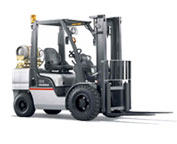
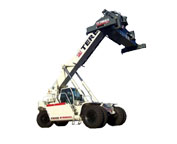
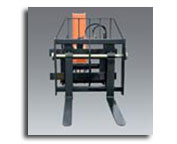
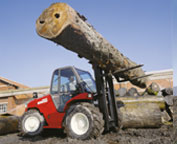
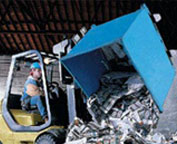
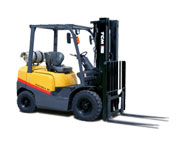
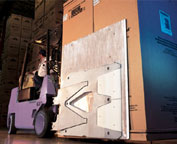
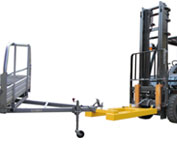
Lift Parts Express
TOLL FREE: 1-888-695-7994
LOCAL: 469-200-4347
3245 MAIN ST 235-220
Frisco, Texas
forkliftpartsfrisco.com
Email Us
About Us



